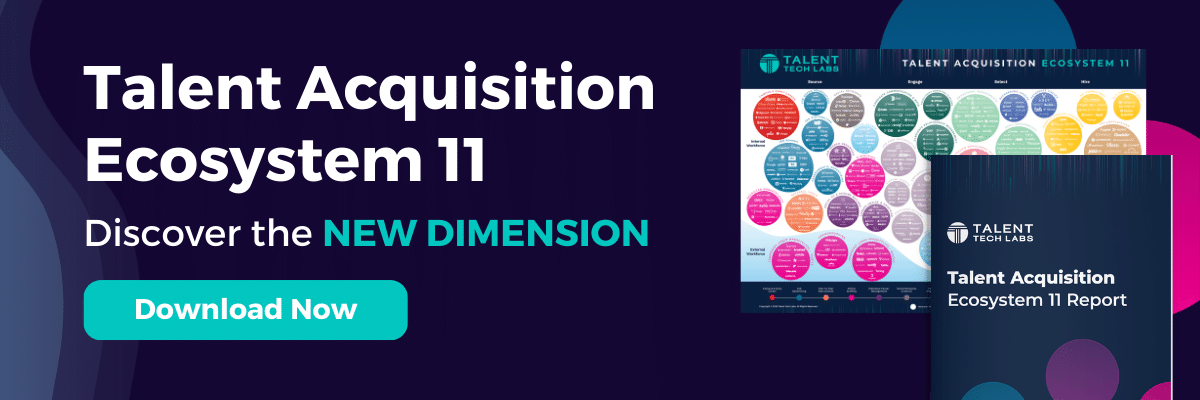What is a Pay-Per-Application Model?
To sponsor jobs on a job board, employers generally pay for the job ad itself (often charged by the month) or pay per job seeker click on the job ad. Indeed has been the most prominent job board with a pay-per-click model, and as Indeed increased its market share among job boards, eventually becoming the top job board worldwide, pay-per-click pricing became the industry standard. However, last October, Indeed announced that it would be transitioning from pay-per-click to pay-per-application, a major overhaul in Indeed’s core business model, because Indeed gets a high percentage of its revenue through sponsored jobs.
Under pay-per-application, as the name implies, employers sponsoring jobs on Indeed would not be charged when job seekers click on their job postings but do not apply. When job seekers apply for a job–clicking Apply Now and submitting their profile information and completing any screeners and assessments–Indeed then prepares to charge the employer or recruiter for the application.
We say that Indeed “prepares to charge,” rather than charges, because Indeed gives job posters 72 hours to accept or reject an application based on different criteria. Employers can set “deal breakers” that represent minimum requirements for jobs, and candidates that do not meet those minimum requirements are filtered out and do not elicit a charge. The charge itself is based on factors like the current market conditions for the job and is determined before the job is posted.
Indeed cites candidate quality as the goal in making the switch to pay-per-application. It claims that application volume will drop by about one-third compared to pay-per-click, and while the cost per application might increase, the quality of the applicant should increase in turn, because job posters have that 72-hour review period to find only those candidates that are the best fit.
Pay-Per-Application in Practice
Since the October 2022 announcement, Indeed gradually rolled out pay-per-application to new and existing clients, with a ramp-up in the transition this past spring. However, that ramp-up was an uneasy one, with a number of smaller organizations getting charged much more than they were accustomed, unaware that Indeed was sending applications at a higher price point with the expectation that these organizations would be prepared to review those applications and reject as many as needed. In fact, these organizations hadn’t rejected any applications, and consequently were charged for applications both good and bad.
In response to the backlash from these organizations, Indeed added a cap on application charges–$1,000 for employers that have not set a cap themselves. Indeed has also kept both pricing models available, giving both new and existing employers on the site the option to stick with pay-per-click or move to pay-per-application. We at TTL haven’t yet seen recent statistics on whether employers are opting into the new model, though Indeed reports that a slight majority of its users prefer it.
How Might Pay-Per-Application Impact Indeed?
Putting aside the details of the rollout of pay-per-application, it’s clearly a bold change for a company like Indeed that benefits from its strong market position, because employers are more likely to adapt to the change than to move their jobs elsewhere. It’s also another way to push employers toward adopting Indeed’s quick apply functionality across all their jobs, and in doing so, Indeed gets better data on its job seekers and on job post outcomes, which in turn should lead to better candidate matching to support Indeed’s sponsored jobs and other products.
We think it might also be a way for Indeed to continue to push employers to host their jobs natively on Indeed, versus pushing candidates to their career sites. It’s a lot messier to track a completed application when a candidate clicks out of Indeed, so that click has been a rough proxy for an application under the pay-per-click model. It’s much simpler pricing for these employers if they are charged only through completed, reviewed applications coming through Indeed’s apply process. Indeed has also expanded its “quick apply” to be a little less quick, through screener questions and assessments that give employers more information about their candidates in the applicant pool.
Finally, it might also be a way for Indeed to continue to push for a bigger share of jobs to come from end-employers themselves–the destinations where candidates will be working–rather than recruitment firms. Several years ago, Indeed started requiring recruitment firms to sponsor their job postings. Pay-per-application might have a similar if less blunt goal as that. The new model will likely benefit organizations the most if their focus is on selecting and hiring, and it will benefit organizations the least if their focus is more centrally on sourcing–i.e., candidate volume–where that 72-hour application screening process is more of a burden at the expense of trying to get enough candidates in the pool for open positions (even though these organizations are still trying to get good candidates hired). But Indeed is still leaving both pay-per-click and pay-per-application on the table, so this might be a lesser objective for Indeed.
How Might Pay-Per-Application Impact You?
Talent Tech Labs’ opinion is that the pay-per-application model is going to impact employers on Indeed in very different ways, depending on the types of hiring that they do. It’s likely going to be better for organizations that tend to have lower turnover, hire for higher-skilled roles, and have better talent acquisition–including post-hire–analytics or analytics teams, where they will have better insights into how to track and adjust the “deal breakers” that filter out applicants on Indeed. These organizations will find value in using that 72-hour window to screen out more applicants to find the best candidates that they expect to stay with the organization for a longer term.
Pay-per-application is likely going to be worse for organizations that tend to have higher turnover, hire for lower-skilled roles, and have limited resources for talent acquisition data or thorough candidate screening. We already showed how Indeed’s required candidate screening under pay-per-application can be difficult for some organizations to stay on top of the applications coming in. If organizations also have trouble identifying the traits that make for the best hires, they’re going to struggle to identify the best “deal breakers” to save them money on Indeed. And if organizations are turning around candidates quickly, they’re going to have difficulty finding value in the work of screening when they primarily need more applicants altogether, because under pay-per-application, those applicants are going to come at a cost premium. These types of organizations–whether in high-volume industries like retail or food and beverage or in the staffing industry–might find more value sticking with pay-per-click, whether on Indeed or on other job boards.
Indeed is giving its clients flexibility in pricing, and we expect the job board ecosystem as a whole to do the same. For now, we don’t expect Indeed’s competitors to make the same switch to a pay-per-application model. Indeed has had an emphasis on candidate quality and–more importantly–has had the market position to make this switch without the risk of losing many clients. As TTL’s clients often tell us, you generally have to post on Indeed. So we don’t expect the whole job board industry to follow. There should continue to be some diversity in the space to meet the needs of your organization.
To learn more about Talent Tech Labs, reach out to us today!

